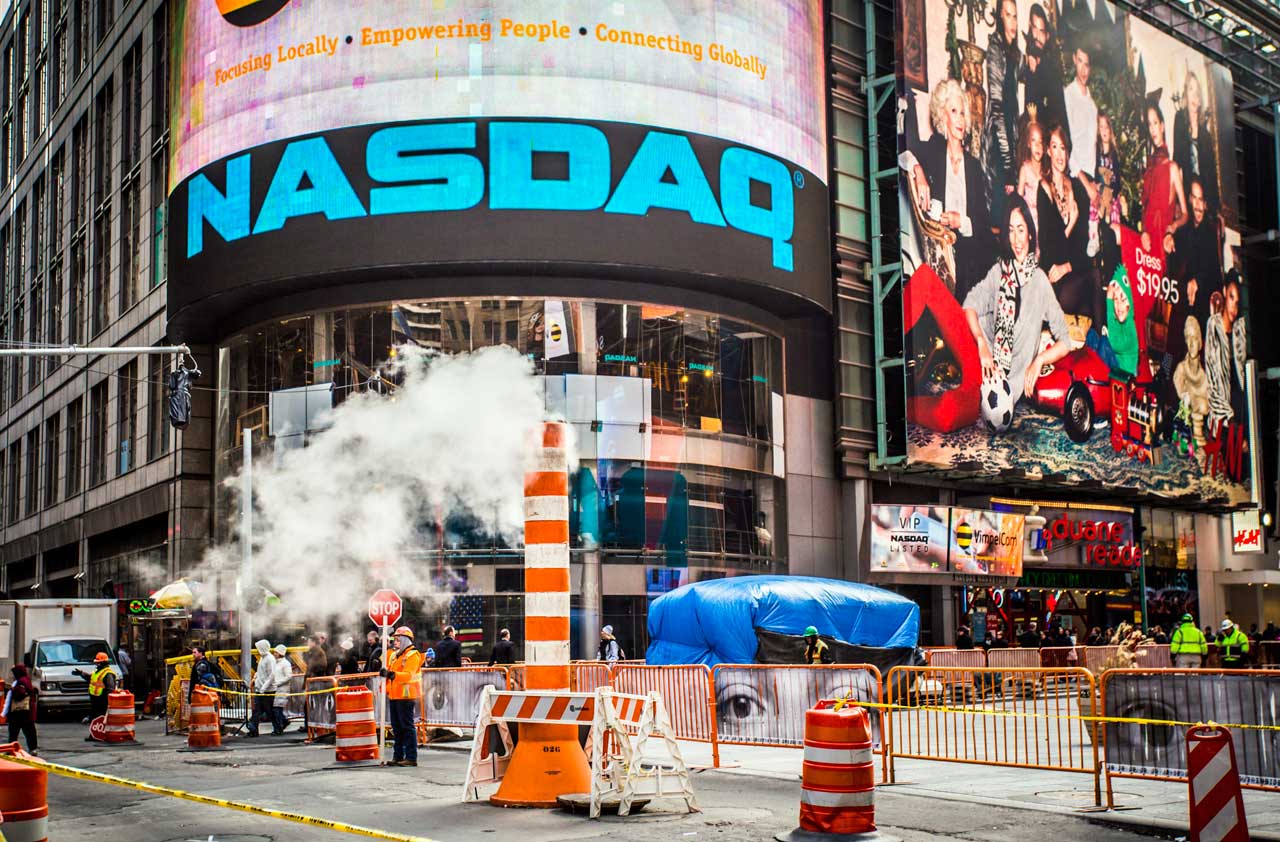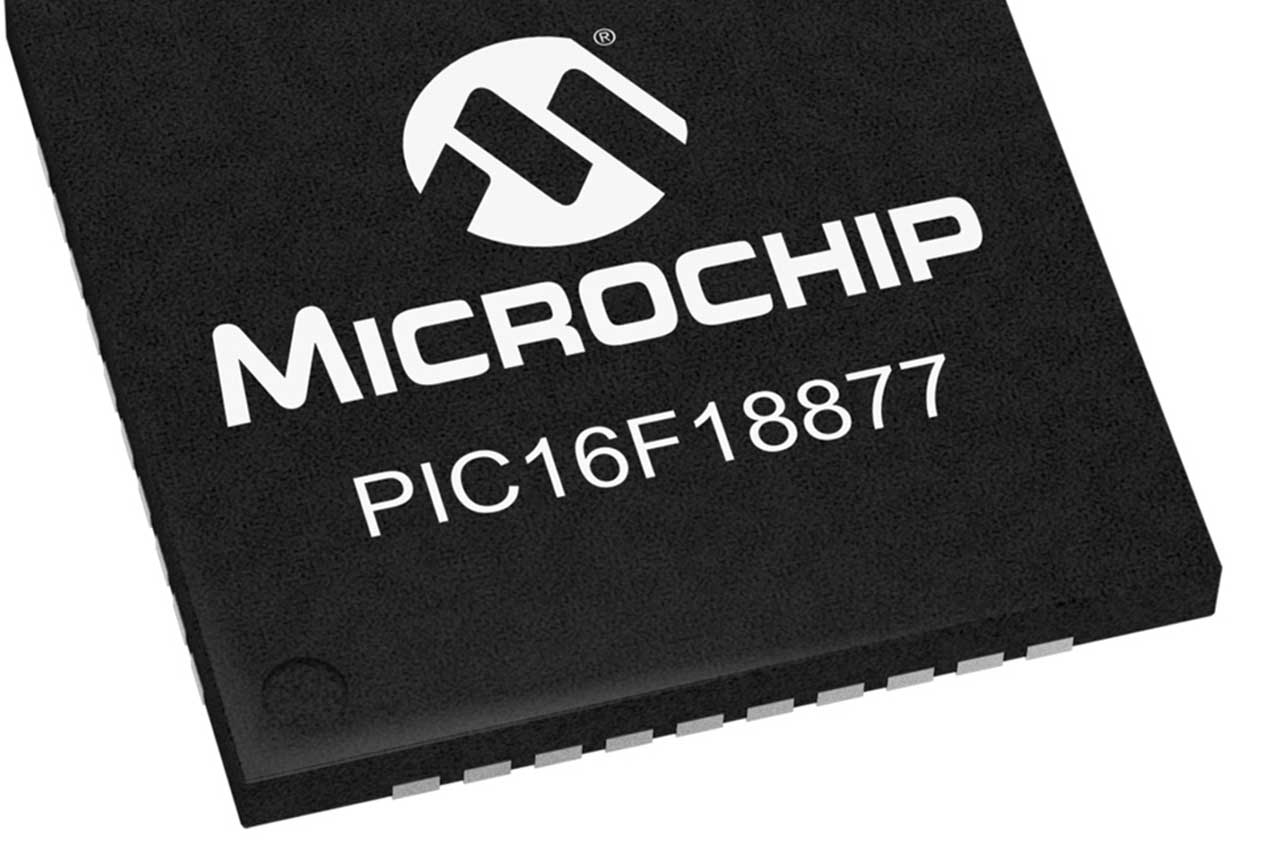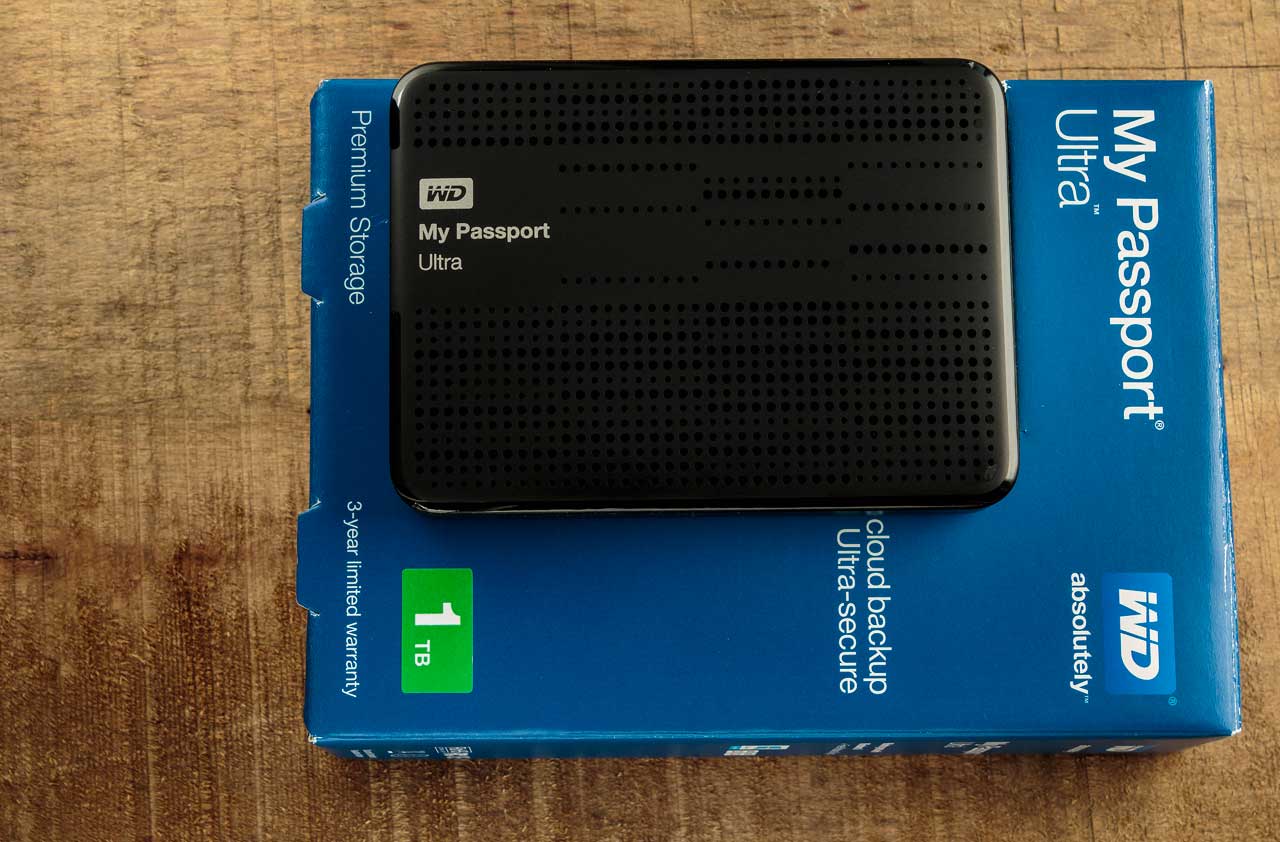8 Best Nasdaq Stocks for Dividends
You might not think of “Nasdaq” as synonymous with big dividends.


You might not think of “Nasdaq” as synonymous with big dividends. The Nasdaq Composite index, which essentially consists of every domestic and foreign stock that trades on the exchange, has long been heavy on technology. And technology companies have historically shown a bias for reinvesting their profits to finance future growth, rather than returning cash to shareholders. None of the FANGs — Facebook (symbol FB), Amazon.com (AMZN), Netflix (NFLX) and Google (GOOGL), now called Alphabet — pays a dividend.
But if you dig a little deeper, you’ll find some rich payouts. Here are eight Nasdaq-listed companies with generous dividends that have the potential to grow. Even better, many of the stocks are dirt cheap. Several of the companies have similar profiles: large technology firms that are past their years of rapid growth but still throw off a lot of cash, which can be used to boost distributions. But the Nasdaq holds more than just tech, so we’ve also included a few companies from other sectors, as well as some less-well-known tech firms.
Share prices and related data are as of February 17. Price-earnings ratios are based on estimated earnings over the next four quarters, including the current one.

Apple
- 52-week range: $92.00 - $134.54Market capitalization: $544.0 billionAnnual dividend rate per share: $2.08Yield: 2.1%Price-earnings ratio: 11Sure, the fate of Apple (symbol AAPL, $98.12) has become closely tied to the fate of the iPhone. And with our lives already saturated with Apple products, it’s hard to see how the company can grow as rapidly in the future as it has over the past 10 years.
- Finally, the stock is shockingly cheap, and Apple’s balance sheet is pristine. The stock sells for 11 times estimated year-ahead earnings, well below the S&P’s P/E of 16. The company holds about $216 billion in cash and securities, which works out to about $39 per share. If you subtract that cash from the share price, Apple’s P/E falls to just 6. “It’s a deal in broad daylight,” says McKinney. Since Apple resumed paying a dividend in 2012, it has boosted its payout at a 9.5% average annual pace.
But that saturation works to the company’s advantage. “Apple has created an ecosystem that makes its customers sticky,” says Burns McKinney, comanager of the AllianzGI NFJ Dividend Value Fund (PNEAX). Because of hurdles Apple has built to transferring content from Apple products to other companies’ products, and because of the ease with which Apple products work together, Apple customers tend to stay Apple customers, and so far they continue to be willing to pay a premium price for Apple products.
Apple still has room to grow in developing nations, as evidenced by record iPhone sales in China during the company’s most-recent quarter, which ended December 26. Emerging countries accounted for 34% of the $76 billion in revenues Apple generated in the quarter.

Cisco Systems
- 52-week range: $22.47-$30.31Market capitalization: $134.3 billionAnnual dividend rate per share: $1.04Yield: 3.9%Price-earnings ratio: 12
- Cisco (CSCO, $26.46) remains the industry leader for the routers and switches that carry the Internet’s traffic over networks. But the stock has been treading water for more than a decade. Some of the stock’s mediocre performance stems from flagging growth rates; Cisco’s sales have grown at an annualized rate of just 4.2% over its past five fiscal years (Cisco’s fiscal year ends in July). That compares with average annual sales growth of 10% for the five years through its 2010 fiscal year. The company has also been grappling with how to meet the long-term challenges of cloud computing and software-defined networking (in which programmers can direct their network’s traffic using software, rather than relying on routers and switches themselves to direct traffic), both of which threaten to obviate the needs of Cisco customers for miles of expensive gear. More immediately, a slowing economy poses the threat of businesses delaying their routine gear upgrades.
- Cisco’s stock, at 12 times estimated earnings, looks like a bargain, even after it jumped 10% on February 10 after the company announced a surprise 24% increase in the dividend. Plus, the company has $60 billion in cash and securities on hand.
But Cisco has the resources to meet its challenges. In its most recent quarter, which ended January 23, revenues from the Application Centric Infrastructure line – essentially Cisco’s answer to the rise of software-defined networking – more than doubled from the same period a year earlier. And the company has a strong track record of making the right acquisitions when it needs to boost its in-house capabilities.

Fifth Third Bancorp
- 52-week range: $13.84-$21.93Market capitalization: $12.1 billionAnnual dividend rate per share: $0.52Yield: 3.4%Price-earnings ratio: 10
- SEE ALSO: Stocks Paying Dividends for 100 Years or More
Like many banks, Fifth Third Bancorp (FITB, $15.41) has spent recent years recovering from the financial crisis and atoning for its errors. The Cincinnati, Ohio-based bank’s allowance for loan and lease losses – an estimate of its bad debts – fell to 1.37% of its total loans and leases at the end of 2015, from 4.88% at the end of 2009. Earnings have largely bounced back; Fifth Third earned $2.01 per share in 2015, compared with a loss of $3.91 per share in 2008 and precrisis earnings of $2.77 per share in 2005.
Fifth Third also continues to face increased regulatory scrutiny. In October, the bank agreed to an $85 million settlement with federal authorities over charges that it had failed to disclose problems on mortgage loans. The loans were insured by the U.S. Department of Housing and Urban Development, which suffered losses when borrowers defaulted. Following actions by regulators, Fifth Third also recently wound down its “deposit-advance” program, which offered loans similar to payday loans (the high-rate loans that often trap borrowers in cycles of debt). Closing the deposit-advance program cost Fifth Third about $94 million in interest income in 2015.
The upshot is that Fifth Third is gradually becoming a stable, boring bank – and that’s a good thing. CEO Greg Carmichael noted on the company’s January 21 earnings call that Fifth Third is aiming to focus on high-quality loans, on building a strong balance sheet and on fostering greater earnings predictability. It is in the middle of a plan to close more than 100 branches, aiming to save costs as more customers manage their finances online. Although Fifth Third may have trouble delivering big revenue growth now that it’s a sensible, if dull, bank, it’s also less likely to deliver any big unwelcome surprises to shareholders.

Intel
- 52-week range: $24.87-$35.59Market capitalization: $139.2 billionAnnual dividend rate per share: $1.04Yield: 3.5%Price-earnings ratio: 12
If you know Intel (INTC, $29.47) primarily for the “Intel Inside” sticker on your desktop, you might be worried about the company’s future. Sales of personal computers are in a long-term decline – falling 11% in the final quarter of 2015 from the fourth quarter of 2014, to levels not seen since 2008.
But these days Intel’s chips also reign supreme in data centers, the server farms used by companies with massive computing and storage needs. Intel reported record results for its data-center group in 2015, with sales up 11% from 2014. Intel also stands to benefit from the “Internet of things,” the expanding constellation of devices – from appliances to utilities grids to medical devices – that are going online.
Intel has been a consistent dividend payer. It has boosted its distribution at a 10% annual rate over the past decade. Intel generally pays out less than 50% of its earnings in the form of dividends. That’s fairly low, which signals that Intel will likely be able to continue paying its dividend even if it hits a rough patch. For example, in 2008 and 2009, during the Great Recession, Intel maintained its dividend rate even as profits stumbled.

Microchip Technology
- 52-week range: $37.77-$52.44Market capitalization: $8.7 billionAnnual dividend rate per share: $1.44Yield: 3.4%Price-earnings ratio: 15
Even more than Intel, Microchip Technology (MCHP, $42.66) is well positioned to ride the rising tide of the “Internet of things.” Microchip makes specialized semiconductor products that provide computing power to everything from cars to security systems to robots.
Scott Klimo, director of research for Saturna Capital, says that Microchip benefits from a broad product lineup, which should help keep results steady even when certain parts of its portfolio are flagging. “It’s not a company that just depends on laptops,” he says. Microchip is also geographically diversified, generating more than 80% of its revenues in Asia and Europe. Nearly all of Microchip’s sales are denominated in U.S. dollars, which mitigates the impact of a strengthening dollar on its foreign sales.
Earnings have been sluggish over the past year for most of the semiconductor industry, including Microchip. Analysts predict that the company will earn $2.65 per share for the fiscal year that ends in March, down a penny per share from the year before. But on Microchip’s February 3 earnings call for the quarter that ended December 31, CEO Steve Sanghi said he believes the industry has bottomed and is poised to recover. Analysts expect Microchip’s earnings will grow by 12% in the fiscal year that ends in March 2017.
Microchip has been a slow-but-steady dividend payer. Although it has only increased its payout at an annual clip of 1% over the past five years, it has never cut its dividend since it began paying one in 2002.

Microsoft
- 52-week range: $39.72-$56.85Market capitalization: $414.6 billionAnnual dividend rate per share: $1.44Yield: 2.7%Price-earnings ratio: 18
- SEE ALSO: Earn Big Dividends From These 5 Big Tech Stocks
Sunny skies lie ahead for Microsoft (MSFT, $52.42), whose future is all about the cloud. CEO Satya Nadella, who took over in February 2014, is making a big bet on Microsoft’s Azure cloud-computing segment – a bold move for a company long synonymous with the Windows operating system. Investors are cheering. Since Nadella took the reins, Microsoft shares have jumped a cumulative 44%, compared with 10% for the S&P 500.
Microsoft’s most-recent quarterly results, for the period that ended December 31, showed that Nadella’s bet is paying off. Sales from Azure grew 140% from the same period in 2015. And the number of cloud customers almost doubled during calendar 2015, with a majority of Fortune 500 companies now using the service. Microsoft has been able to use its clout in the enterprise market – that is, the market that caters to businesses rather than to individuals – to push its Azure platform, says Michael Allison, who manages Eaton Vance Tax-Managed Diversified Equity Income (ETY), a closed-end fund.
Microsoft has raised its dividend at an annualized rate of 15 over the past decade. Meanwhile, the company has $102.3 billion in cash and securities on its balance sheet.

Paychex
- 52-week range: $41.59-$54.78Market capitalization: $18.3 billionAnnual dividend rate per share: $1.68Yield: 3.3%Price-earnings ratio: 24
- Paychex (PAYX, $50.61) dominates the payroll-processing market for small U.S. businesses. Although that core business is generally closely tied to overall economic growth, Paychex has demonstrated an impressive ability to churn out earnings gains even when the economy is sluggish. It has done that by offering an increasing assortment of extra services, such as flexible spending accounts and 401(k) recordkeeping, to its payroll clients.
Paychex could see a boost if interest rates finally rise in a meaningful way. That’s because the company can invest the funds it receives from clients before it sends checks to employees and before it pays withheld earnings to the Internal Revenue Service – just as insurance companies can invest premiums received from clients.
Paychex has no debt, and the company has never cut its dividend in the 26 years it has paid one. Paychex even managed to hike its payout during 2008, in the midst of the Great Recession. Over the past decade, the company has boosted its dividend by an average rate of 10% per year.

Western Digital
- 52-week range: $38.64-$111.84Market capitalization: $10.1 billionAnnual dividend rate per share: $2.00Yield: 4.6%Price-earnings ratio: 7
- Western Digital (WDC, $43.29) is the most speculative pick on this list. The company is the leading maker of hard-disk drives, the standard storage device of personal computers. Although the long-term fate of the PC market poses plenty of challenges on its own, Western Digital shares have been under pressure lately for a more immediate reason: a proposed acquisition of SanDisk Corp. (SNDK), which makes flash storage used in data centers and mobile devices.
- SEE ALSO: 9 Great Dividend Stocks for 2016
Western Digital’s stock has shed 39% since the SanDisk deal was announced on October 21. Investors seem to be concerned that Western Digital is overpaying for SanDisk and will take on too much debt – almost $18 billion – to pay for the deal.
But those risks have been overblown, says Mark Miller, an analyst who covers the stock for the Benchmark Company, an investment bank. If the deal is completed, the acquisition would make Western Digital the second-biggest player in the global market for solid-state drives, which have been displacing hard-disk drives, and will better position Western Digital to compete in the growing cloud-computing market. The company has said it plans to continue paying its dividend. “We’ve been pounding the table for long-term investors” to consider the stock, says Miller.
Profit and prosper with the best of Kiplinger's advice on investing, taxes, retirement, personal finance and much more. Delivered daily. Enter your email in the box and click Sign Me Up.

-
 'Humbug!' Say Consumers, Despite Hot GDP: Stock Market Today
'Humbug!' Say Consumers, Despite Hot GDP: Stock Market Today"The stock market is not the economy," they say, but both things are up. Yet one survey says people are still feeling down in the middle of this complex season.
-
 The SEC Is Concerned for Older Investors and Retirement Savers. Here's What You Should Know
The SEC Is Concerned for Older Investors and Retirement Savers. Here's What You Should KnowThe SEC focusing on older investors, retirement and college savers, and private securities. Here's how those changes impact you.
-
 Vesting, Catch-Ups and Roths: The 401(k) Knowledge Quiz
Vesting, Catch-Ups and Roths: The 401(k) Knowledge QuizQuiz Test your understanding of key 401(k) concepts with our quick quiz.
-
 'Humbug!' Say Consumers, Despite Hot GDP: Stock Market Today
'Humbug!' Say Consumers, Despite Hot GDP: Stock Market Today"The stock market is not the economy," they say, but both things are up. Yet one survey says people are still feeling down in the middle of this complex season.
-
 Stocks Rise to the Spirit of the Season: Stock Market Today
Stocks Rise to the Spirit of the Season: Stock Market TodayInvestors, traders and speculators are beginning to like the looks of a potential year-end rally.
-
 Nasdaq Leads as Tech Stages Late-Week Comeback: Stock Market Today
Nasdaq Leads as Tech Stages Late-Week Comeback: Stock Market TodayOracle stock boosted the tech sector on Friday after the company became co-owner of TikTok's U.S. operations.
-
 Cooler Inflation Supports a Relief Rally: Stock Market Today
Cooler Inflation Supports a Relief Rally: Stock Market TodayInvestors, traders and speculators welcome much-better-than-hoped-for core CPI data on top of optimism-renewing AI earnings.
-
 Nasdaq Sinks 418 Points as Tech Chills: Stock Market Today
Nasdaq Sinks 418 Points as Tech Chills: Stock Market TodayInvestors, traders and speculators are growing cooler to the AI revolution as winter approaches.
-
 Stocks Chop as the Unemployment Rate Jumps: Stock Market Today
Stocks Chop as the Unemployment Rate Jumps: Stock Market TodayNovember job growth was stronger than expected, but sharp losses in October and a rising unemployment rate are worrying market participants.
-
 Stocks Struggle Ahead of November Jobs Report: Stock Market Today
Stocks Struggle Ahead of November Jobs Report: Stock Market TodayOracle and Broadcom continued to fall, while market participants looked ahead to Tuesday's jobs report.
-
 AI Stocks Lead Nasdaq's 398-Point Nosedive: Stock Market Today
AI Stocks Lead Nasdaq's 398-Point Nosedive: Stock Market TodayThe major stock market indexes do not yet reflect the bullish tendencies of sector rotation and broadening participation.
